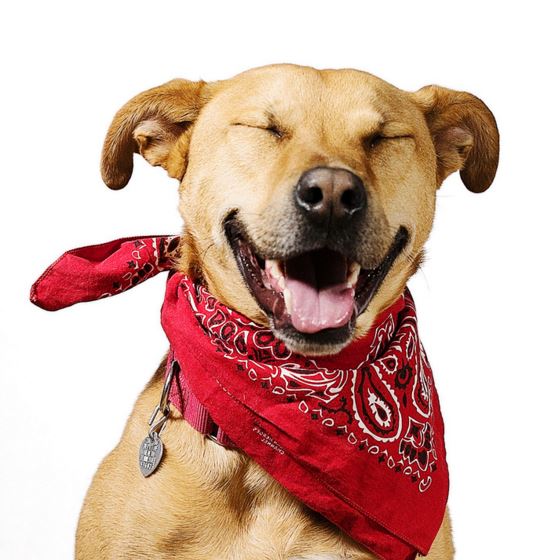Say Cheese! Tips for Great Pet Photos

Capturing the perfect picture of your furry friend can be both rewarding and challenging. Whether you’re snapping spontaneous moments or planning a full-on photo shoot, having a few tricks up your sleeve can make all the difference. These tips for great pet photos will help you showcase your pet’s personality and charm in every shot. From keeping your camera or phone handy to understanding your pet’s quirks, and from mastering lighting to getting down on their level, these simple yet effective strategies will elevate your pet photography game and ensure you never miss that picture-perfect moment.
- Keep your camera or phone with you: We have all missed that great shot because we didn’t have a camera with us at the right moment. If you want to get great, spontaneous shots, try to keep a camera or phone on you as much as possible. This will allow your pet to get accustomed to the camera without being fearful of something new pointing at them.
- Understand your pet: Knowing what sets your pet apart from others will help you take unique photos that are not like every other pet photo. If your cat has unusual markings, play on them in your photo. If your dog has a unique talent or trick, emphasize that in your photo. It’s important to understand your pet’s limitations, as well. For example, if your dog is uncomfortable with other dogs, do not go to the dog park for your photo session.
- Relax: Our pets are tied into our emotional state, so our stress is their stress. Once you become frustrated, the likelihood of getting a good shot lessens. A stressed pet with flat ears and worried eyes rarely makes a good photo, so take a deep breath and relax!!! Take your time and enjoy the process and the interaction with your pet. If you don’t get the picture you want, there’s always tomorrow.
- Here’s looking at you kid: The eyes are the most expressive part of your pet. When you take a picture be certain to focus on the eyes (and face). If the eyes are out of focus, the picture will be poor.
- Declutter: If your photo shoot is planned and not spontaneous, get rid of as much clutter as possible. There should be no distractions from the focal point of your picture. If something in your picture does not add to the composition, then remove it.
- Get on your belly: Unless your dog is a Great Dane, most pets are going to be close to the floor. Photos taken by looking down on your pet are not the best angle. Don’t be afraid to get down on the floor and take pictures at your pet’s level. Your photos will be more engaging and interesting.
- Be prepared to move: Be prepared to lean, stretch, or slowly roll into different positions. Subtle changes in position can reframe your composition and turn an average photo into a great one. If you need to move, then move slowly and quietly so you don’t startle your cat or dog and end your photo session.
- Light: Make certain there is adequate light to get a good photo. Dark settings will yield blurry, grainy photographs. Bright, diffused light is the most flattering for photos, especially portraits. Overly bright sunlight can create an unwanted harsh feeling to your photo.
- Avoid using the flash: The built-in flash of most cameras can also create harsh lighting. If the setting is too dark, try to increase the light naturally by opening shades or curtains, or bounce lamp light off the ceiling to diffuse it. If a flash is necessary, and it is adjustable, point it to the ceiling and not directly at your pet. This will diffuse the light and “warm up” your photo. Remember, pointing the flash directly at your pet may scare them and can create a ghostly, green eye as the flash is reflected off the retina.
- Work quietly: Working in a quiet, calm manner will help your pet stay relaxed and yield a better photograph. Repeated commands may confuse and upset your dog or cat. If possible, communicate with hand signals. If you need to give verbal commands, speak softly and calmly. Avoid over using your pet’s name as this may cause them to ignore you.
- Have a plan: If you are planning a more formal, less spontaneous, photo session then have a concept and a plan ahead of time. Think about the composition and logistics of the specific photos you want.
- Ask for help: Ask a family member or a friend to help. They can stand behind you to keep your pet engaged with a toy, a feather on a string, and treats. Use unusual noises or squeaky toys to get cute head tilts and facial expressions.
- Stop the action: If you are shooting your pet in action, set your camera on sports mode or the shutter speed to at least 1/500 to stop the action and eliminate blurry photographs. Using a continuous shooting mode will help you capture just the right shot. If your digital camera or cell phone has a shutter delay, set it for burst mode and start shooting just before the action begins. Remember, action shots require adequate light for fast shutter speeds and stop action photography.
So pencil in some free time with your pet, grab a camera, and have a great time!
